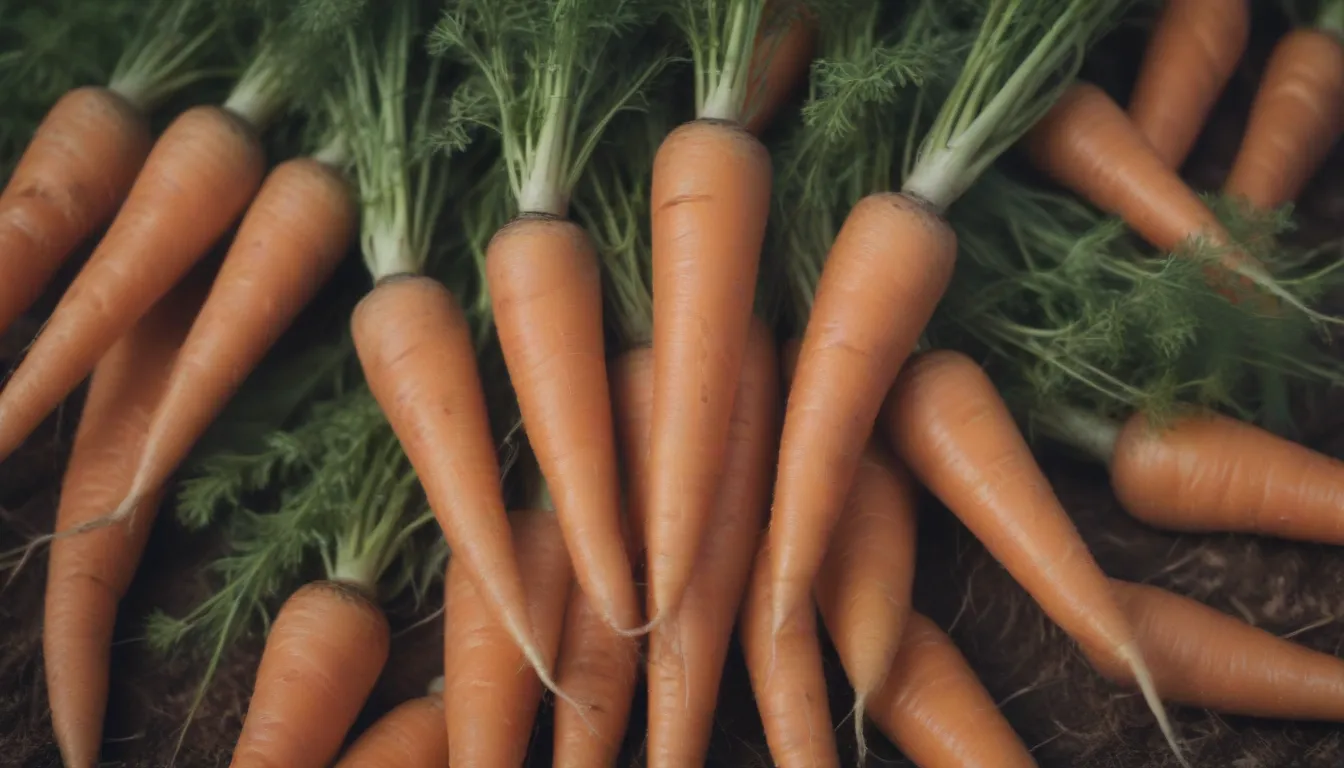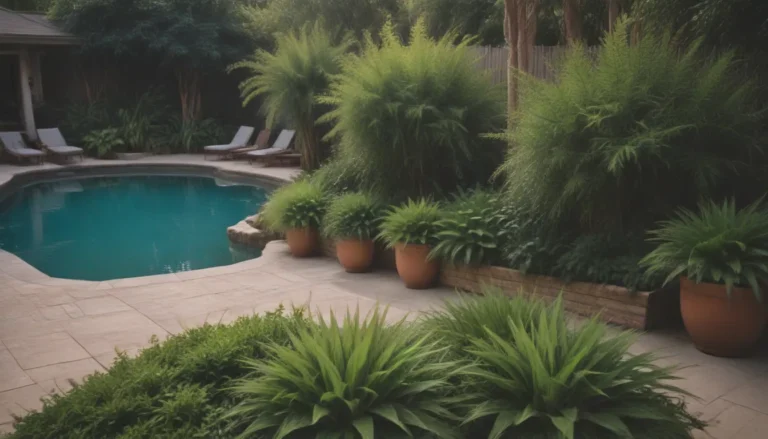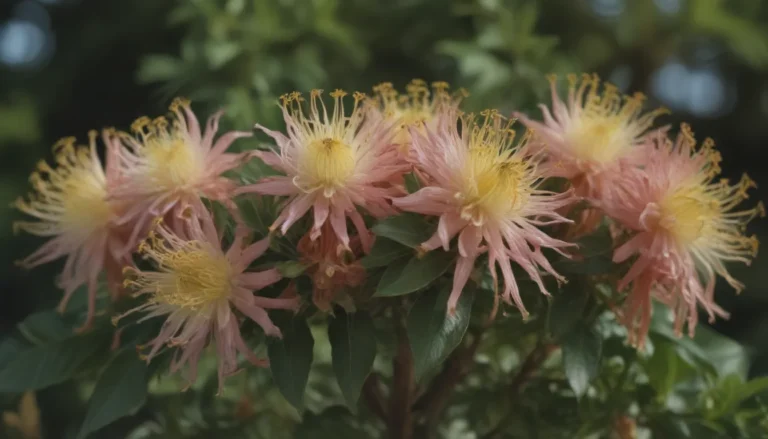The Ultimate Guide to Growing and Caring for Carrots

If you’re looking to add some fresh, homegrown carrots to your meals, you’ve come to the right place. Carrots are not only delicious, but they are also packed with essential vitamins and minerals. In this comprehensive guide, we will walk you through everything you need to know to successfully grow and care for carrots in your own garden.
Understanding Carrots
Carrots are biennial vegetables, known for their long, orange roots. However, they come in various colors and shapes, making them a versatile and exciting addition to any garden. From planting to harvest, carrots usually take about 50 to 75 days, making them a relatively quick-growing crop.
Types of Carrots
There is a wide variety of carrot types to choose from, including:
- ‘Danver’s Half Long’:
- ‘Imperator’:
- ‘Little Finger’:
- ‘Paris Market’/’Thumbelina’:
Each type offers a unique flavor and appearance, so feel free to experiment with different varieties to find your favorite.
Carrots vs. Parsnips
Carrots are often confused with parsnips, but they have distinct differences. While both vegetables belong to the same family, carrots are known for their sweet flavor, while parsnips have a slightly spicy bite. These two root vegetables can be used together in recipes to add depth and flavor to your dishes.
Planting and Growing Carrots
When to Plant
Carrots thrive in cool weather, making them an ideal spring or fall crop. You can start planting carrot seeds as soon as the soil can be worked in the spring, even before the last frost. In warmer climates, consider growing carrots in the fall or winter for best results.
Selecting a Site
Choose a sunny spot with well-drained, loose soil for planting carrots. Raised beds with fluffy soil are ideal for carrots, as they prevent the roots from becoming rough and misshapen. Ensure the area receives at least six to eight hours of sunlight daily for optimal growth.
Spacing, Depth, and Support
Proper spacing is crucial for growing healthy carrots. Plant seeds about 1/4 inch deep and two to three inches apart. As the seedlings grow, thin them out to maintain a spacing of about three inches between plants. Carrots do not require support, but avoid transplanting or disturbing them once planted.
Caring for Your Carrots
Light
While the roots grow underground, carrot foliage needs full sun to partial shade for optimal growth. Adequate sunlight helps the roots develop sugars and results in a sweeter flavor.
Soil
Carrots prefer loose, well-draining soil with a slightly acidic pH of 6.0 to 6.8. Avoid rocky or clumpy soil, as it can cause the roots to split and deform. Mulching can help conserve moisture and keep the soil cool for healthy growth.
Water
Water your carrots regularly, providing at least one inch of water per week. Mulching can help retain moisture and reduce the frequency of watering. Avoid overwatering, as this can lead to rot and disease.
Temperature and Humidity
Carrots grow best in temperatures around 55 to 75 degrees Fahrenheit, with cool nights and mild days. In warmer climates, consider planting carrots as a late fall or winter crop for optimal results.
Fertilizer
If your soil lacks nutrients, consider feeding your carrots with organic vegetable fertilizer two weeks after planting. Be cautious with nitrogen-rich fertilizers, as excessive foliage growth may affect root development.
Harvesting and Storing Carrots
Harvesting your carrots at the right time is crucial for maximizing flavor and sweetness. Use the days to harvest on your seed packet as a guide, typically around 50 to 75 days after planting. To test for readiness, feel the tops of the carrots near the soil line and taste one to check for sweetness.
To store carrots, remove the leaves immediately after harvesting and store them in a cool, dry place. Carrots can also be stored in the refrigerator or freezer for extended freshness.
Growing Carrots in Pots
If you have limited space or poor soil quality, consider growing carrots in containers. Choose shorter varieties or small round carrots for container gardening, and ensure the pot has adequate drainage and sufficient depth. Water container-grown carrots more frequently than those in the ground to prevent root dehydration.
Common Pests and Diseases
Carrots are susceptible to pests like carrot rust flies and nematodes, which can damage the roots and foliage. Rotating crops, using row covers, and practicing good garden hygiene can help prevent infestations. Keep an eye out for signs of disease and remove affected plants promptly to prevent spread.
Conclusion
By following these tips and guidelines, you can successfully grow and care for delicious, nutritious carrots in your own garden. Whether you’re a seasoned gardener or a beginner, cultivating carrots can be a rewarding experience that yields fresh produce for your meals. Experiment with different varieties, plant in optimal conditions, and watch your carrots thrive from seed to harvest. Remember to enjoy the process and savor the sweet, crunchy goodness of homegrown carrots in your favorite dishes!
Remember, with a little patience and care, you can enjoy a bountiful harvest of fresh, flavorful carrots straight from your garden! Happy gardening!





